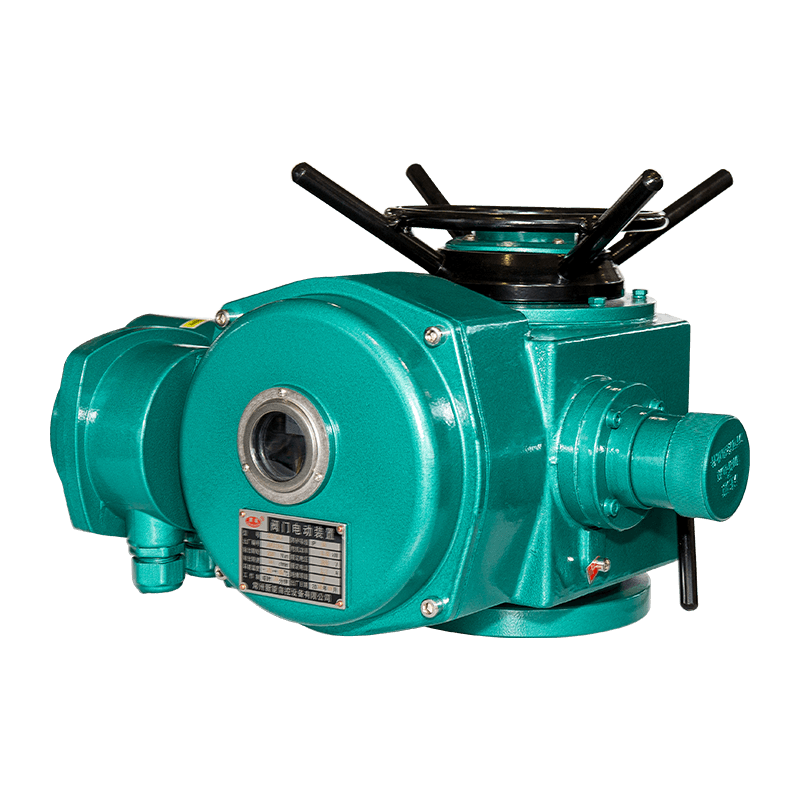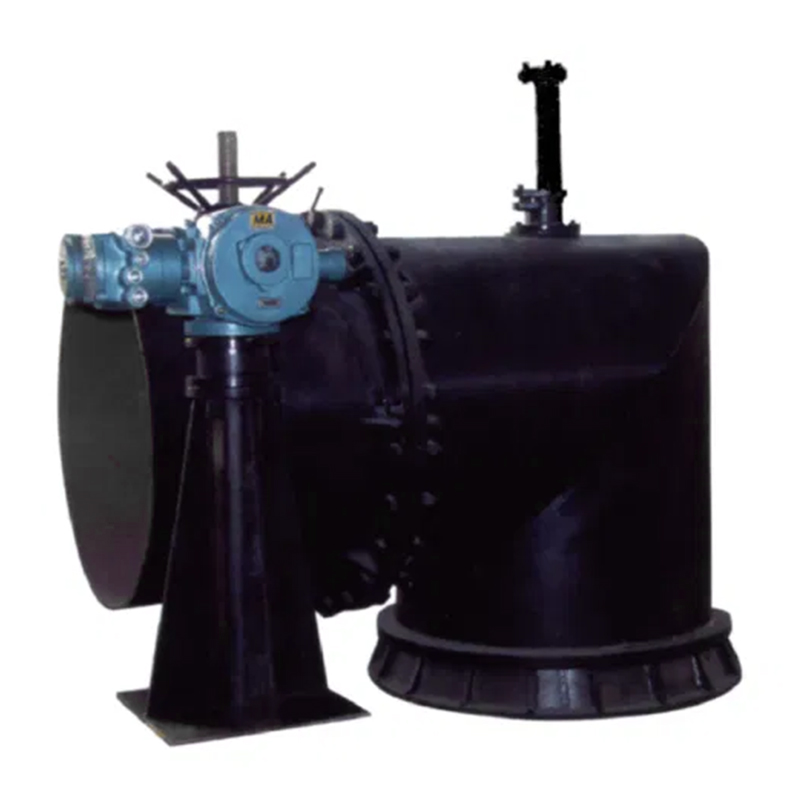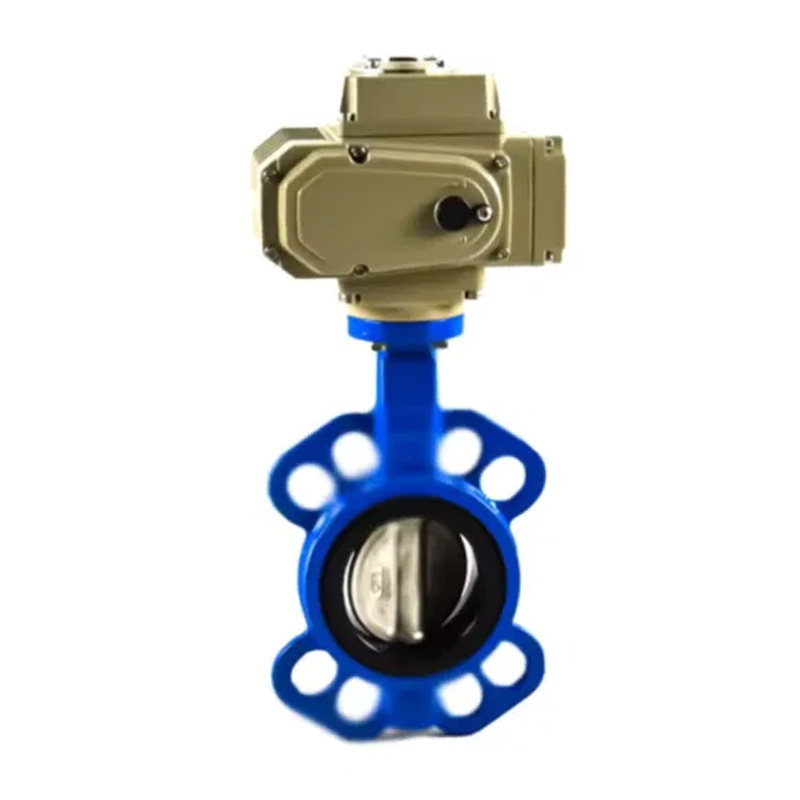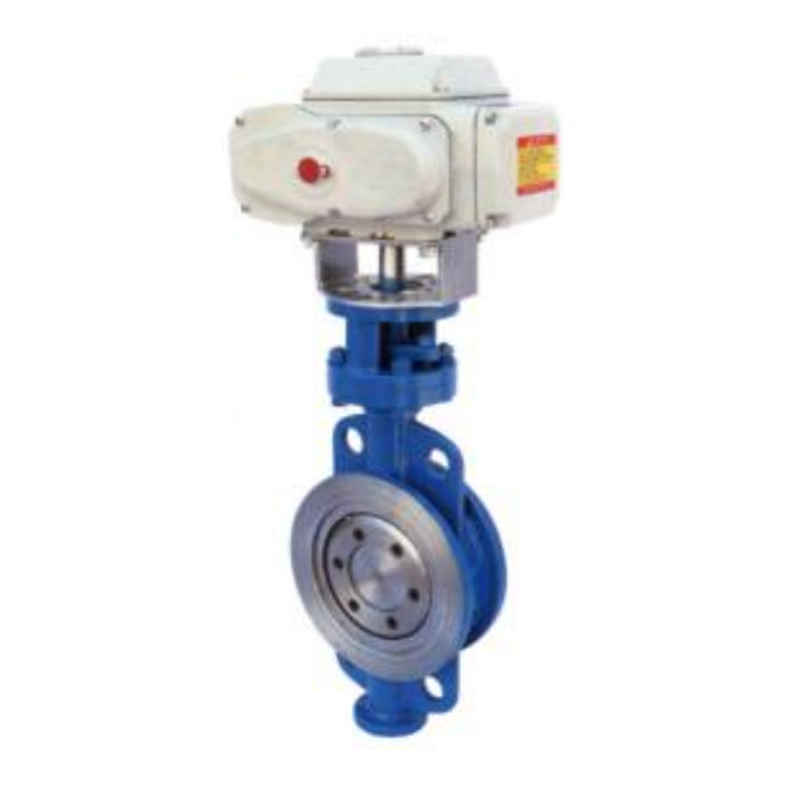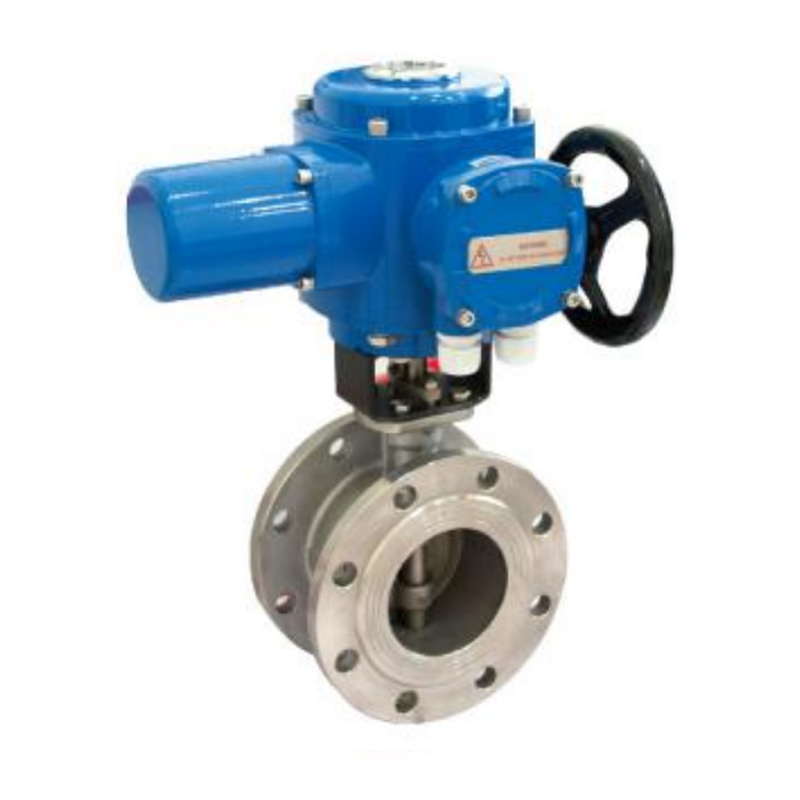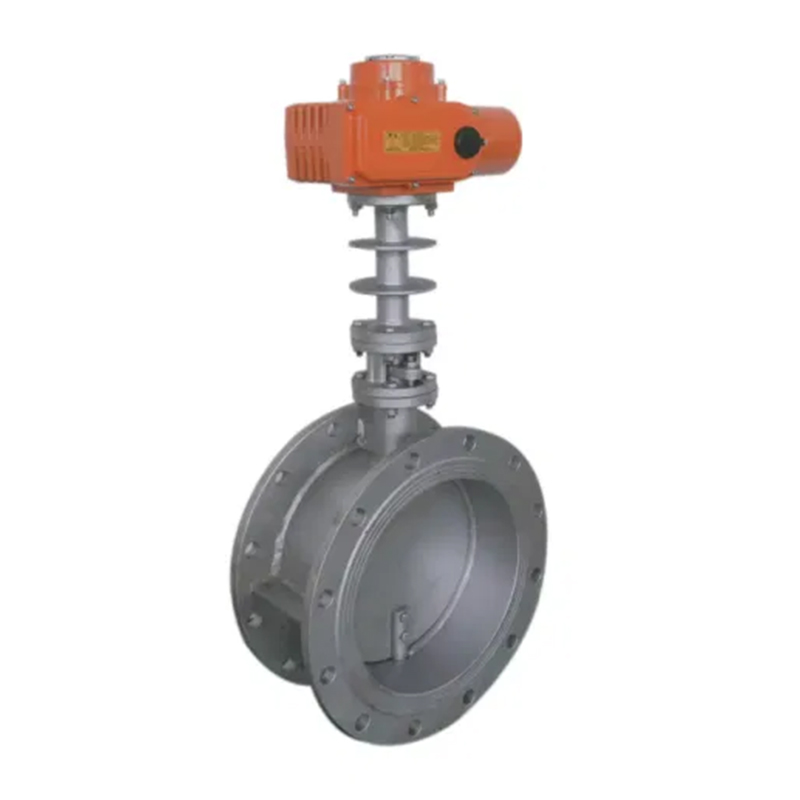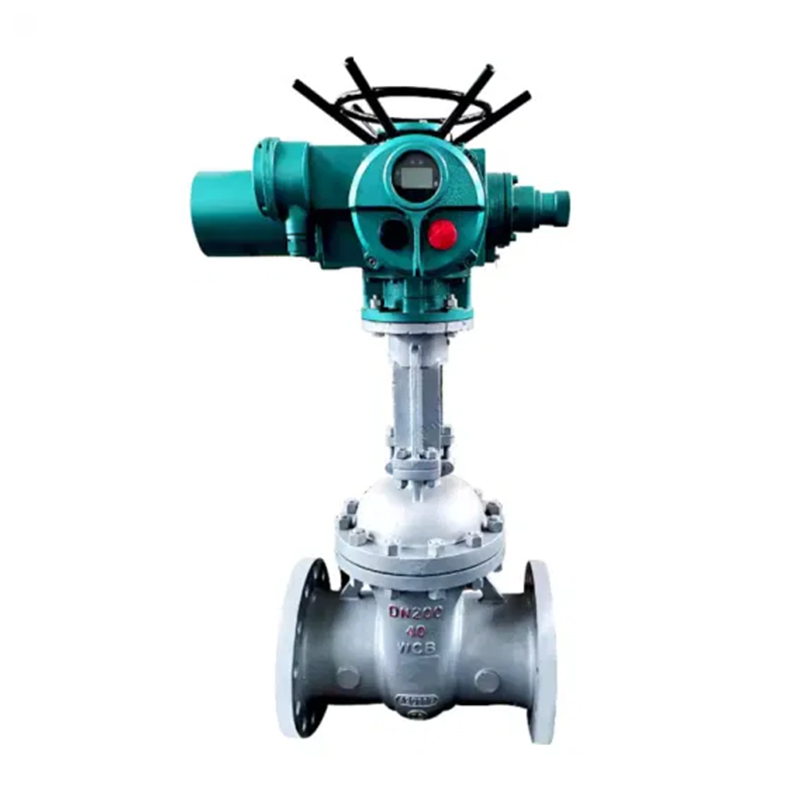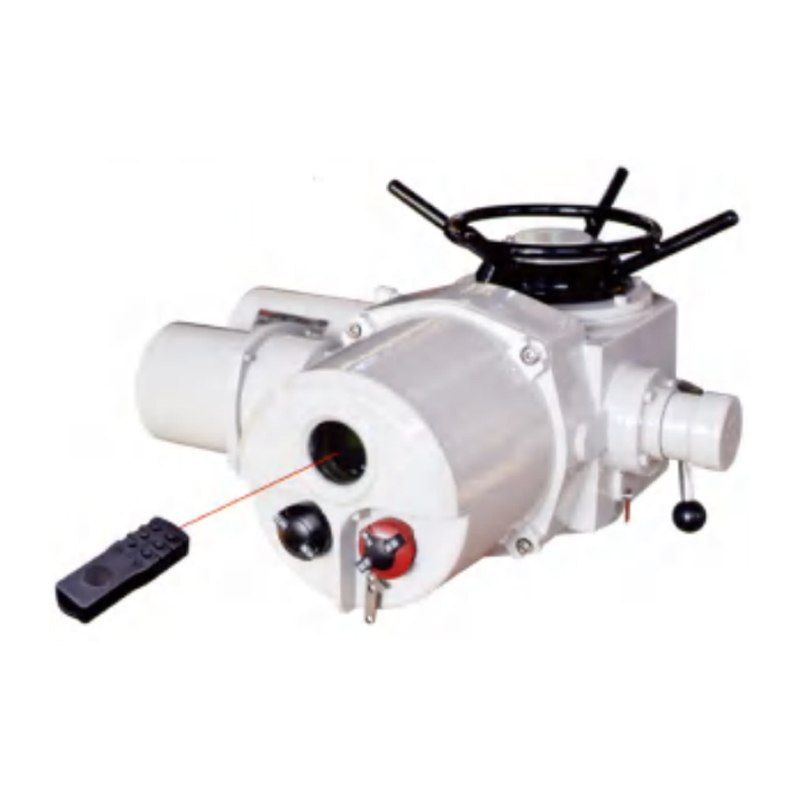0086 15335008985
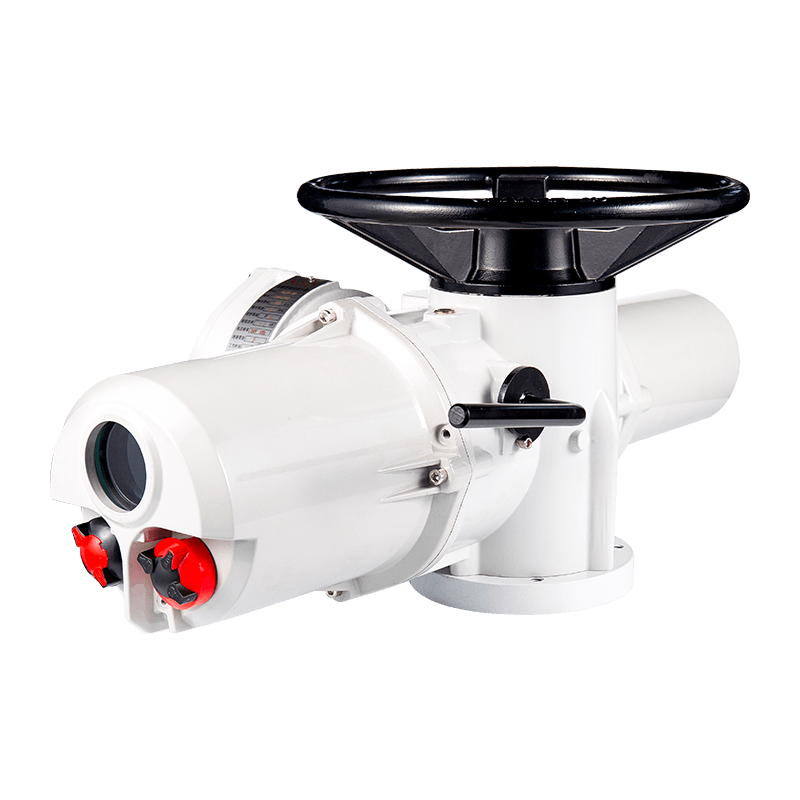
How do multi-turn electric actuators maintain excellent sealing in underwater high-pressure environments?
The primary seal is the basis of the waterproof performance of multi-turn electric actuators. It is usually made of elastic materials such as rubber or silicone, which have good elasticity and corrosion resistance, can fit tightly to the actuator housing and internal components, and effectively prevent the intrusion of moisture and impurities. The design of the primary seal is crucial. It must not only be able to withstand a certain amount of water pressure, but also ensure that the sealing performance will not deteriorate due to material aging or wear during the long-term operation of the actuator.
In order to enhance the durability and reliability of the primary seal, manufacturers have adopted a variety of technical means. For example, by optimizing the formulation of the sealing material to improve its stability and wear resistance in extreme environments; using advanced injection molding technology to ensure a close fit between the seal and the housing; and increasing the thickness and width of the seal in design to enhance its pressure resistance. These measures together constitute the first line of defense for the waterproof performance of the actuator.
Although the primary seal already provides good waterproof performance for the actuator, it is far from enough in the underwater high-pressure environment. Multi-turn electric actuators also use secondary seals as an additional safety guarantee. Secondary seals usually use mechanical seals or lip seals, which have higher sealing pressure and better wear resistance, and can further enhance the waterproof performance of the actuator.
Mechanical seals prevent water leakage through a small gap between two relatively moving sealing surfaces. This sealing form has the advantages of simple structure, good sealing effect and long service life. In underwater high-pressure environments, mechanical seals can withstand greater water pressure and maintain stable sealing performance. Since the sealing surface of mechanical seals is usually made of hard materials, it is also more wear-resistant and can maintain a good sealing effect for a long time.
Lip seals are a type of sealing form that achieves sealing through the contact pressure between the elastic lip and the mating surface. This sealing form has the advantages of good sealing effect, easy installation and strong adaptability. In underwater high-pressure environments, lip seals can fit tightly to the mating surface and effectively prevent water leakage. Since the elastic lip of the lip seal has a certain degree of self-adaptability, it can maintain a good sealing effect even when the underwater environment changes.
The perfect combination of primary seals and secondary seals constitutes a dual protection mechanism for multi-turn electric actuators to maintain excellent sealing in underwater high-pressure environments. This mechanism can not only effectively prevent the intrusion of moisture and impurities, but also withstand greater water pressure and maintain stable sealing performance.
In practical applications, the role of the double protection mechanism has been fully verified. For example, in the field of marine engineering, multi-turn electric actuators are widely used in underwater pipeline laying, underwater equipment control and other scenarios. In these scenarios, the actuator needs to operate in an underwater high-pressure environment for a long time and withstand various complex water flows and impurity impacts. However, due to the use of a double protection mechanism, the actuator can still maintain good sealing performance to ensure the smooth progress of underwater operations.
In addition, multi-turn electric actuators also play an important role in deep-sea exploration, underwater archaeology and other fields. These fields require higher sealing performance of the actuator because the water pressure in the deep-sea environment is greater, the temperature is lower, and the corrosiveness is stronger. However, with the excellent performance of the double protection mechanism, multi-turn electric actuators can still maintain excellent sealing effects in these extreme environments, providing strong support for scientific research.
With the continuous advancement of technology and the continuous expansion of application fields, the sealing performance of multi-turn electric actuators is also constantly improving. In the future, we can expect more innovative technologies to be applied, such as the development of new sealing materials and the introduction of intelligent monitoring systems, which will further improve the waterproof performance and reliability of the actuator.
With the rapid development of industrial automation, multi-turn electric actuators will also face more challenges and opportunities. For example, in the field of new energy, with the rapid development of clean energy such as offshore wind power, the requirements for the sealing performance and reliability of actuators will be higher. Manufacturers need to continuously innovate and upgrade products to meet the changes in market demand.
In the context of intelligent manufacturing and industrial Internet, multi-turn electric actuators will also usher in more intelligent and networked applications. By introducing sensors, the Internet of Things and other technical means to achieve remote monitoring and intelligent control of actuators, it will further improve their work efficiency and reliability, and inject new vitality into the development of industrial automation.




 русский
русский Español
Español
